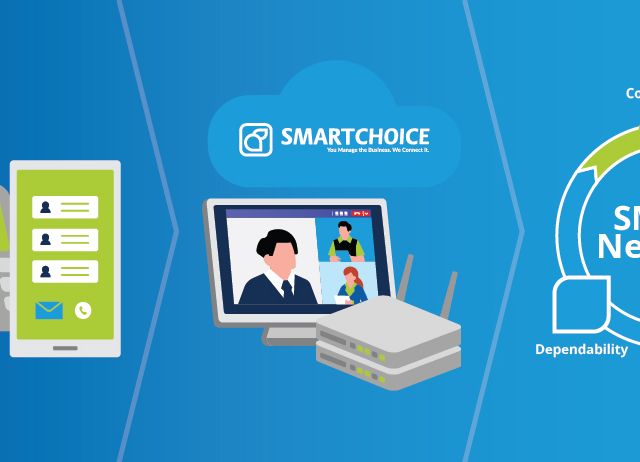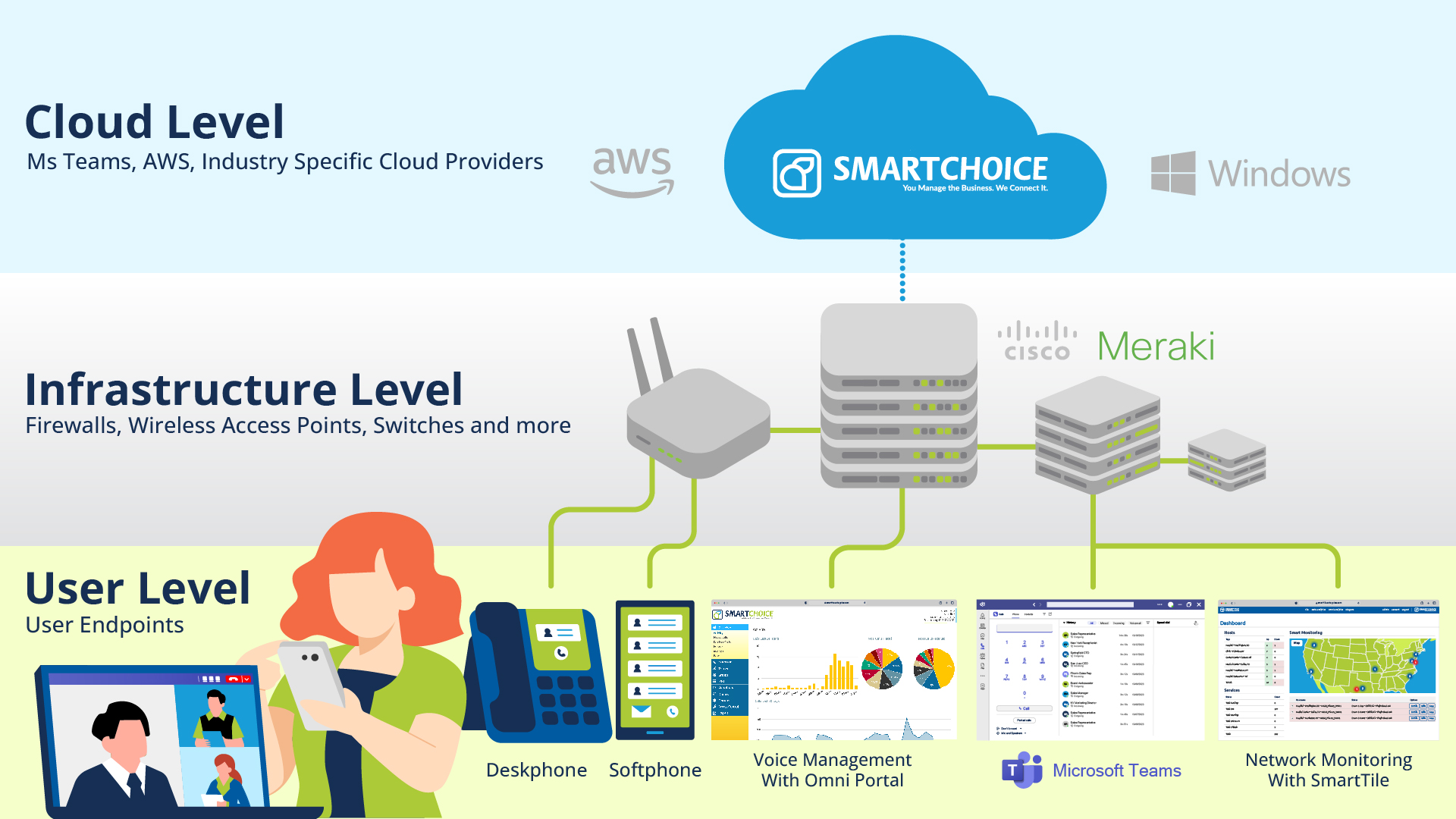Do I Still Need My Phone Handset to Conduct Business?

Introduction
The world of communication has witnessed a rapid transformation in recent years, reshaping the way businesses and individuals connect. Amidst this digital revolution, traditional phone handsets, once a ubiquitous fixture in offices and homes, are facing an uncertain future.
With the rise of internet-based communication technologies, mobile devices, and smart applications, the relevance of phone handsets is being questioned. In this article, we explore the factors contributing to the decline of phone handsets and the implications of this paradigm shift on modern communication.
The Pervasive Rise of Smart Communication Applications
Smart communication applications have emerged as dynamic, feature-rich alternatives to traditional phone handsets. These apps offer a plethora of communication options, including video conferencing, instant messaging, file sharing, and team collaboration tools. With seamless integration across digital platforms, they provide users with unparalleled convenience, making them an attractive choice for businesses seeking enhanced productivity and streamlined workflows.
Shift Towards Mobility and Remote Work
The global transition towards remote work and the rise of the mobile workforce have accelerated the decline of phone handsets. Today’s professionals expect the flexibility to communicate on the go, and mobile devices have become the primary tool for voice and video calls. As employees work from diverse locations, the portability and versatility of smart devices have eclipsed the static nature of phone handsets.
Internet-Based Communication Technologies
Voice over Internet Protocol (VoIP) and cloud-based telephony have revolutionized the way we communicate. Internet-based communication technologies provide cost-effective solutions for businesses, reducing the need for dedicated hardware and infrastructure. As organizations seek to optimize costs and maximize efficiency, VoIP and cloud-based systems have gained traction, further challenging the relevance of traditional phone handsets.
Feature-Rich Collaboration Tools
Modern businesses rely on seamless collaboration to drive innovation and productivity. Smart communication applications integrate with collaborative platforms, project management tools, and customer relationship management systems, creating a unified ecosystem for enhanced teamwork. This convergence of features and functionalities has positioned smart applications as comprehensive solutions, potentially replacing the need for standalone phone handsets.
Sustainability and Green Initiatives
In the age of environmental consciousness, businesses are increasingly mindful of their carbon footprint. The production and disposal of electronic devices, including phone handsets, contribute to e-waste. As organizations prioritize sustainable practices, some are shifting towards digital solutions that align with green initiatives, further diminishing the demand for physical phone handsets.
Preference for Unified Platforms
With communication, collaboration, and productivity tools integrated into a single platform, the demand for unified solutions has surged. Smart applications offer the convenience of a single interface, allowing users to seamlessly switch between voice, video, messaging, and file-sharing features. This preference for unified platforms creates challenges for standalone phone handsets to compete in the modern market.
In Summary
The era of traditional phone handsets is undergoing significant changes as the communication landscape evolves rapidly. The rise of smart communication applications, the growing need for mobility and remote work capabilities, and the advent of internet-based technologies have contributed to the decline of phone handsets.
While phone handsets may not vanish entirely, their relevance is gradually diminishing in favor of more innovative, versatile, and feature-rich communication alternatives. Organizations looking to remain competitive and responsive to the demands of the modern world are increasingly turning to smart communication applications that offer enhanced collaboration, seamless integration, and cost-effective solutions.
As businesses embrace the ongoing transformation, understanding the changing dynamics of communication technologies will be critical for staying ahead in the ever-evolving digital age. Whether the future is entirely phone handset-free remains to be seen, but the trend towards smarter and more connected communication solutions is undeniably shaping the communication landscape of tomorrow.





